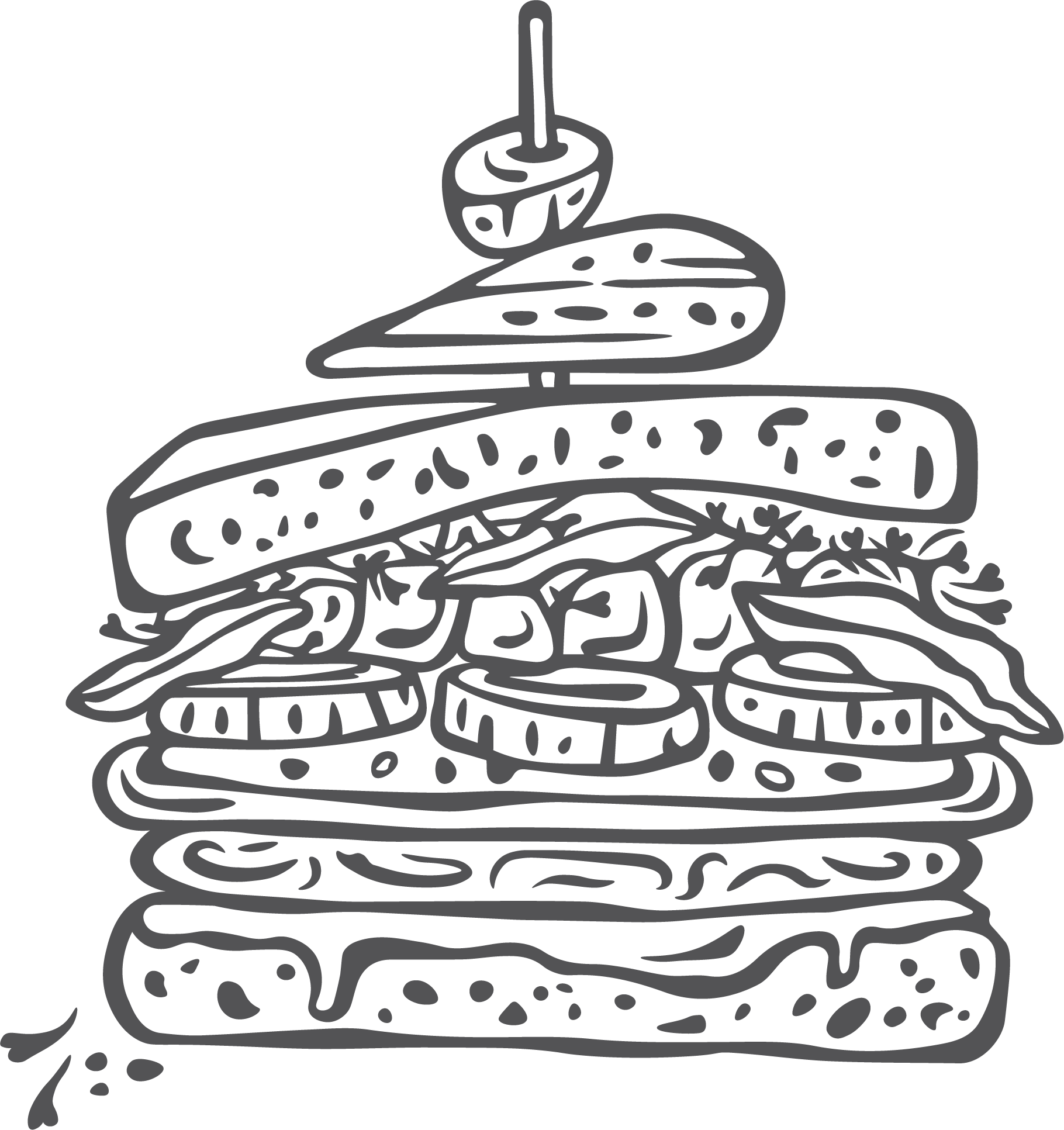

For most of us, grains weave into our lives with little effort as a base for many foods and beverages. And there is evidence this has been the case for thousands of years! Whole grains have been in the diets of humans long before domestication of items began to take hold, showing grain storage into 20,000 BCE.
The majority of grains are grass seeds. And yes, the very same grass family that also includes the lawns, native grasses, and even sugar cane. If planted, the seed grows a stalk, which then, in return, bears more seeds. For example, plant a corn seed in late spring, and by the middle of summer, an ear of corn will have formed. Leave the corn on the stalk until dry and have seeds to plant the following year or, in our case, eat.
Beyond grasses, we use a few other seeds as grains and refer to these as pseudograins. The pseudograins include amaranth, quinoa, and buckwheat. Given our use of these items in identical ways to grains, most grain knowledge applies to these three seeds.
The grain seed contains many layers, but for ease of classification and our use of grains, we can divide them into three main sections:
The outer protective layer of the grain, which includes the seed coat and aleurone layer (important for grain coloring!) and is the first line of defense for the seed. The bran layer is high in insoluble fiber, making it more challenging than the rest of the grain. Humans, historically, have found ways around the bran layer, including milling it off in the case of white rice, soaking it off in the case of nixtamalization of corn, or sifting it out when dealing with flour.
The energy storage section where the proteins, fats, and soluble fibers hang out. The endosperm converts to sugars upon seed germination, giving the seed plenty of energy to start growth. We, however, love the endosperm for pillowing soft flour and starches, plumply cooked grains, and the perfect tender white rice.
Finally, nestled inside is where the plant's life will begin. It's the smallest part of the seed, leaving us not to be terribly concerned about it. However, like bran, it's often removed when grinding grains into flour.
But what about the husk? All the grains, but not the pseudograins, have a protective husk, also known as a hull, that covers each grain. While non-toxic to humans, this husk is highly fibrous and unpleasant to eat. As such, it's removed before we ever come into contact with grains.
Grains, like everything else we now farm, were originally wild plants. Over time, humans collected seeds, planted them, and repeated the process. The saved seeds often had specific genetic characteristics, forming the basis for today's food. The domestication of plants led to reliability and stability in food, leading our ancestors out of hunter/gatherer society and into agrarian communities.
Many of the whole grains consumed today are directly related to those domesticated thousands of years ago, including einkorn, emmer, barley, and rice, while others, such as common wheat, have undergone many transformations in modern history.
Grains fall primarily into three categories:
A marketing term bandied around when discussing whole grains and linked to grains grown for thousands of years. All grains today can trace their lineage back to those first domesticated thousands of years ago. However, only some grains have remained similar, and this is where the idea of being an ancient grain comes into play.
Many grains we use today have been naturally or artificially modified, honed in, or changed specific traits. However, some grains such as einkorn, emmer, spelt, millet, and teff have little to no modifications over the thousands of years.
These are the grains that have been naturally modified/bred over time but done so in a way to continue biodiversity among plants. One of the most significant distinctions between ancient and common wheat is the modification to create hulless varieties. Before this demarcation, the grain husk was notoriously tough to remove. Common wheat and durum wheat have been bred for easy threshing and winnowing (the process a grain goes through to remove the husk and debris that comes with it).
The most notable in this category are wheat, corn, and rice varieties. Landrace varieties, while a bit more unpredictable to grow, result in more nuanced flavors and use profiles. Many small farmers and millers focus on landrace wheat varieties for milling flour and corn for tortillas and grits. Heritage grains are open-pollinated, meaning harvested seeds can be planted with similar results.
Not to be confused with common or heritage grains, these grains have been artificially modified to bolster growth and reliability. These grains are the direct result of the Green Revolution in the early half of the 1900s. The mission of the Green Revolution was to fight starvation in countries struggling to feed their population. The "revolution," led by the United States, was to help these countries bolster agriculture and, at the time, stave off communism.
These modern, monoculture grains did have an impact on that goal; however, they created a myriad of problems, including malnutrition, depleted soil health, introduction and widespread use of agrochemicals, reduced biodiversity, debt among farmers, and irreversible changes in how many of these ingredients are grown (footnote). Rice, corn, and wheat were the most commonly impacted grains that continue to dominate our food systems today.
With some grain understanding, we can look at the common forms grains take in our pantry, divided roughly into two categories.
The idea of something being 'whole grain' has been co-opted by marketing departments trying to reach a more health-conscious consumer. While this term is more nebulous in that space, whole grain has a precise meaning: all parts of the grain are used and consumed.
Exactly what it sounds like: the grain in its entire form is only removed from the husk. Occasionally, these grains will be labeled as hulled or hulless, which denotes grains bred to have easy-to-remove husks. You will mostly find this denotation on barley and oats.
Often used in brewing, these are whole grains that are allowed to germinate, starting the conversion of complex carbohydrates into simple sugars in the endosperm. The grains are then dried and sold whole or in ground form.
Whole grains that go through a coarse milling process to produce grain pieces. Any grain can go through this process, but bulgur (a form of cracked wheat), steel-cut oats, and grits (cracked corn) are the most notable. While most of these products are done at a commercial level, I like to crack grains at home for many uses, including porridge and risotto.
These are whole grains, such as rolled oats, that are steamed and put through rollers to flatten. Often, these products are labeled as flakes except for oats, which come in rolled oats, or quick oats, which are still whole grains, just cooked a bit more and flaked a bit thinner. There are home options for flaking as well.
Ground from whole grains, this is unsifted flour still containing all the bran and germ layers. Most commercial flours, even when labeled whole grain, only have a percentage of the bran layer. While whole grain flours are great for nutrition, they can be an utter pain to work with in baking. I prefer to mill and sift flour at home to adjust levels as desired.

